While not considered a wild cat watching destination, Costa Rica is home to six species of wild felines: Jaguar, Puma, Ocelot, Margay, Oncilla and Jaguarundi. Most of these cats are not easy to spot in the wild, although we were lucky to spot a puma with two adolescent cubs in Corcovado National Park during our two-week road trip through the country’s National Parks.
Jaguar
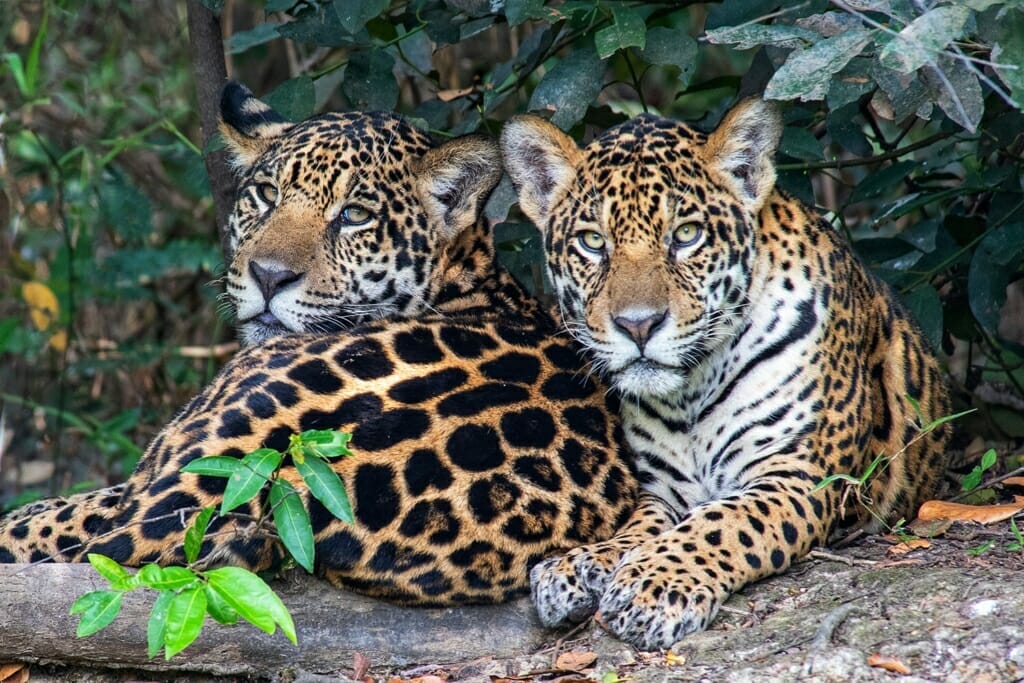
Solitary and elusive, jaguars (Panthera onca) are the largest wild cats of Costa Rica and the third-largest big cats in the world (after tigers and lions). They have the most powerful bite among the big cats and can crush the skull of a fully-grown caiman.
The jaguar is Costa Rica’s only big cat. There are also pumas in Costa Rica but taxonomically, pumas belong to the Small Cats sub-family.
The Jaguar is mainly active during dawn and dusk and has a strong association with water – it often prefers to live near rivers and swamps. According to one study, there is a substantial population of jaguars in Corcovado National Park, where they occur at a density of 7 individuals per 100 km². Another area where jaguars are often spotted by local villagers is around Tortuguero National Park.
However, even when present in the area, the jaguar is very difficult to see as it prefers dense forest habitats and largely avoids contact with humans. Of course, you never know what the jungle will choose to present to you, but realistically, don’t expect a Pantanal-style Jaguar adventure in Costa Rica.
READ MORE: 50 Outstanding Safari Holidays Destinations Outside of Africa
Puma
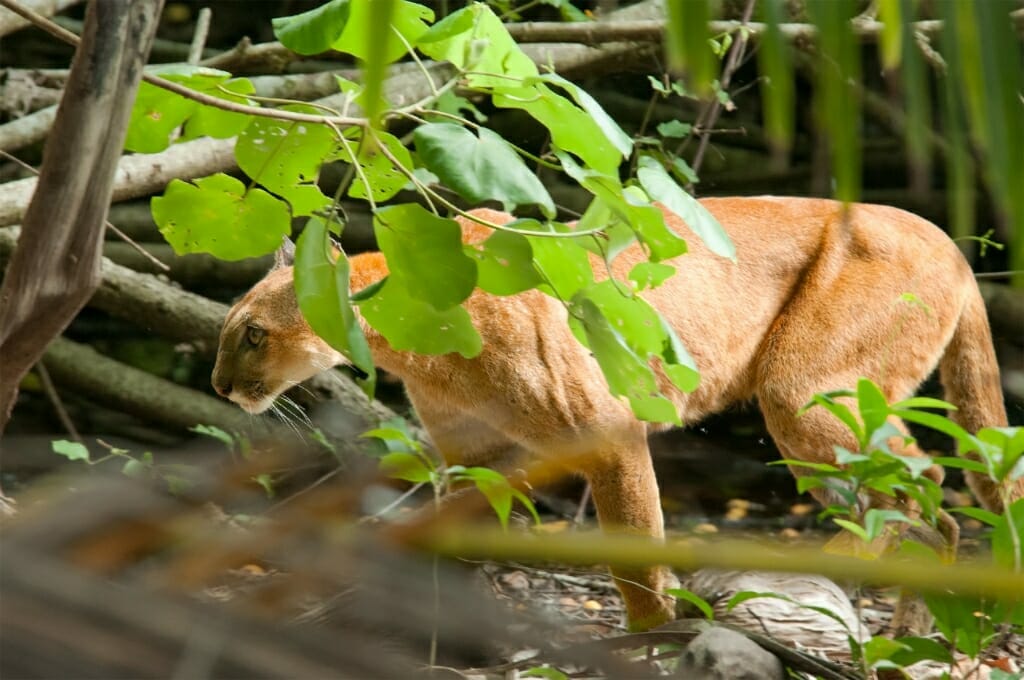
The second-largest cat in Costa Rica is the puma (Puma concolor). As I mentioned above, while puma is a large cat, it is not a big cat, taxonomically speaking.
Costa Rican pumas are slightly different from their counterparts in North and South Americas. They are generally smaller and have a brighter orange coat.
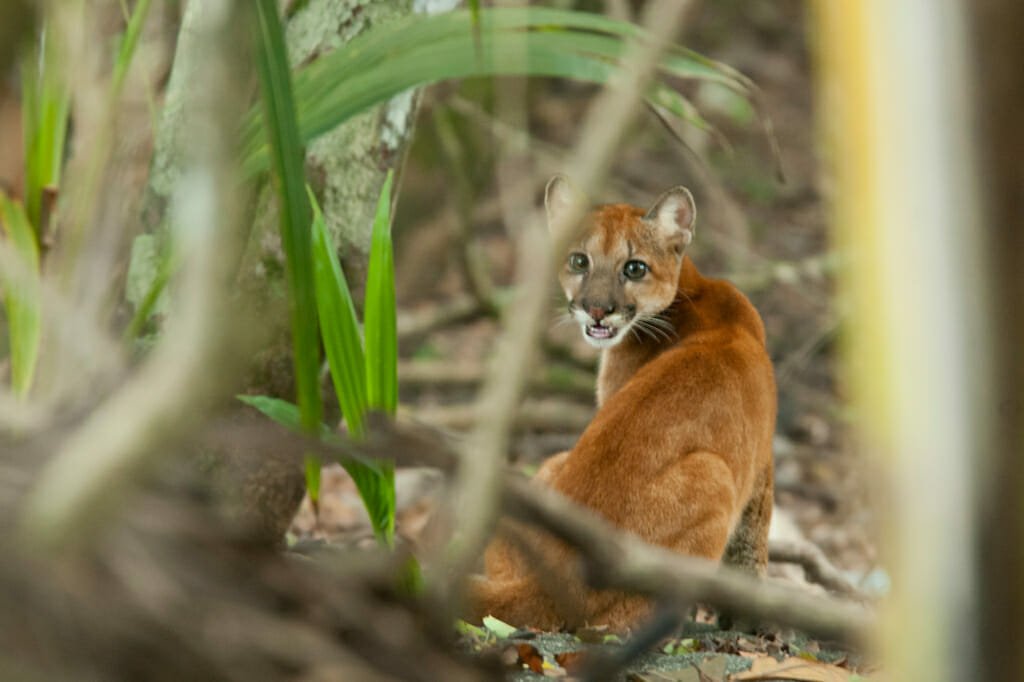
Pumas are widely distributed in Costa Rica. They are occasionally seen by local farmers and regularly captured by camera traps in Santa Elena Reserve in Monteverde Conservation Area. Recently a puma was killed by a car just outside the reserve.
However, the best place to try your luck with pumas is Corcovado National Park. There is a trail in Corcovado that runs between Serena and La Leona Ranger stations and goes through the picturesque Puma Valley where pumas are occasionally observed. This is where we spotted the puma with two cubs. You can read more about that encounter in my post about spotting pumas in Costa Rica.
READ MORE: How to Plan Your Patagonia Puma Quest in Torres Del Paine, Chile
Jaguarundi
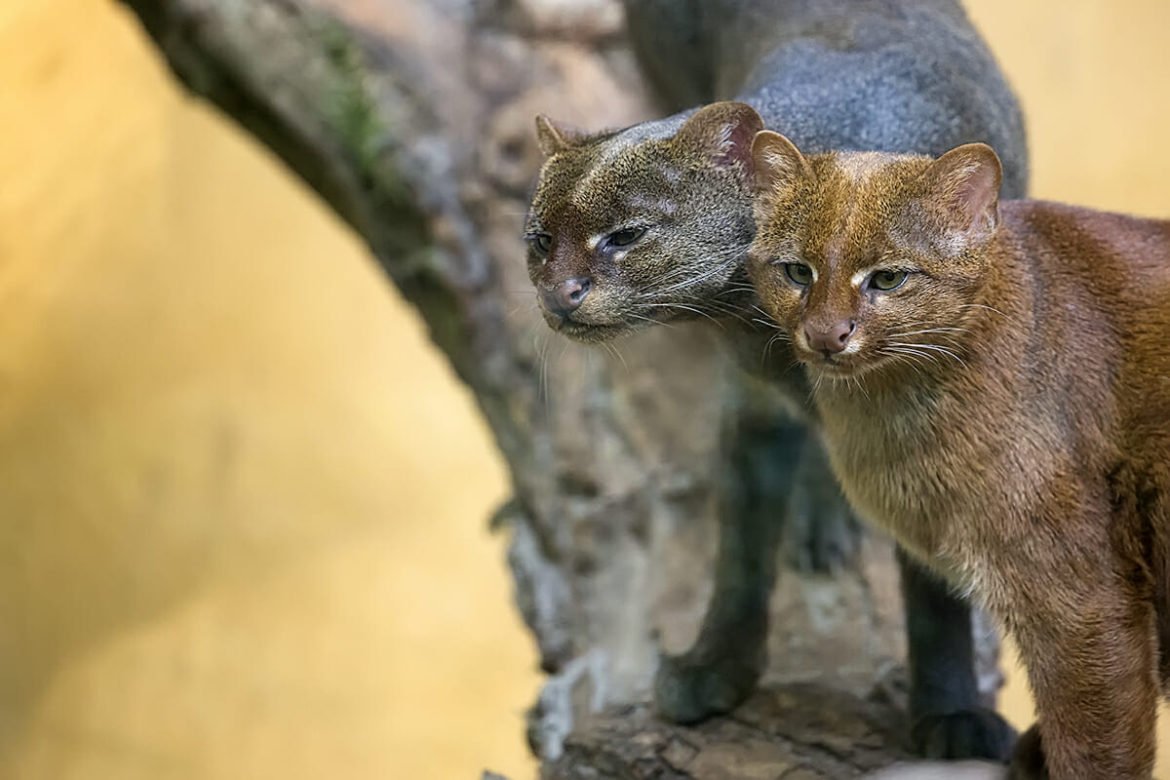
Perhaps the country’s most unusual cat is the jaguarundi (Puma yagouaroundi). A relative of the puma, the jaguarundi has a long body with short legs, an unspotted coat and bears more resemblance to a weasel than to a cat. It prefers open habitats close to a source of running water.
The Jaguarundi is the only wild cat in Costa Rica that is primarily active during the day. And since it is reportedly well adjusted to human-altered habitats, there is a reasonable chance of spotting it anywhere away from densely populated areas. Although sightings are rare.
The jaguarundis have two distinct coat colours: dark grey and chestnut brown. You can see the two morphs side by side in the image above.
Ocelot
The remaining three species of wild cats of Costa Rica belong to the group of small spotted cats. The largest of these, the ocelot (Leopardus pardalis) is perhaps the most common (or rather the least uncommon) wild cat in Costa Rica.
There are a few records of ocelot sightings from Sirena Ranger Station in Corcovado. We also met some field rangers at the station who spent 3 weeks at a time wild camping in the park on the lookout for poachers, and they said that the only cats they (rarely) see in the jungle are the ocelots.
So while ocelots are widespread in Costa Rica, there are no specific reliable locations for spotting them. If you are particularly keen on seeing ocelots in the wild, consider a trip to the southern Pantanal in Brazil.
Margay
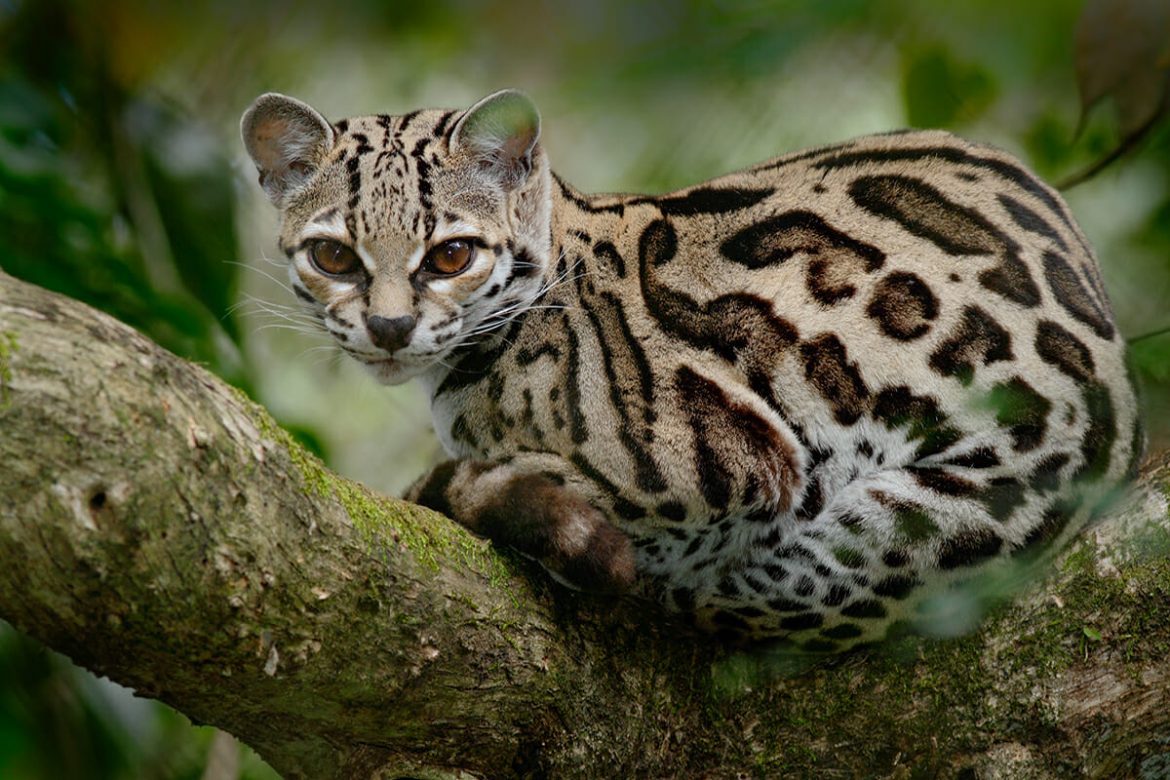
A much smaller spotted cat is the margay (Leopardus wiedii). Only slightly bigger than a domestic cat the margay looks quite similar to the ocelot. However, unlike its bigger cousin, the margay is strictly arboreal and can spend its entire life in the trees hunting monkeys and other tree-dwelling mammals.
It has been recently discovered that the margay employs an unusual hunting technique of imitating its prey’s vocalizations. A group of primate researchers observed a margay imitating the calls of young pied tamarins in order to attract an adult tamarin closer to the spot where the cat was waiting in ambush.
There are no reliable areas for spotting margays in Costa Rica, and considering that they are mostly active at night, the chances of bumping into them accidentally are quite small.
Oncilla
The oncilla (Leopardus tigrinus) is the smallest of Costa Rica’s wild cats. It grows no larger than the domestic cat. It occurs primarily at higher elevations, in montane forests on the flanks of volcanos and other high mountains.
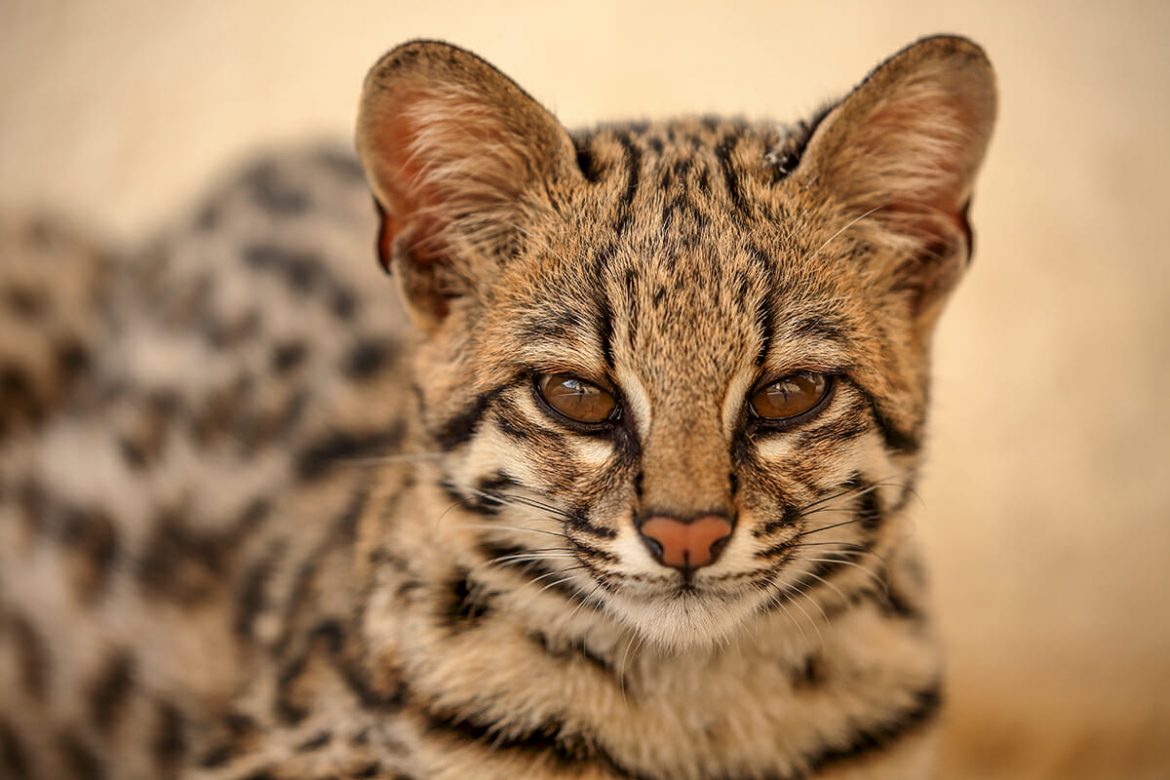
The oncilla is primarily nocturnal, but in areas where it preys mainly on diurnal lizards, the oncilla is more likely to be active during the day.
In 2007 there was a resident oncilla at Arenal Volcano. Raised by people in a nearby town it was released into the forest where it could be frequently seen due to its diurnal habits and habituation to people.
Costa Rica is home to several volcanos, and your highest chances of encountering an ocelot would be on the hiking trails very early in the morning.
If you spotted any of Costa Rica’s wild cats on your travel, share the details in the comments below!
More on Costa Rica
- 30 Costa Rica Animals and Where to See Them on Your Travels
- Six Stunning Wild Cats of Costa Rica
- How to Enjoy Osa Peninsula Wildlife without a Tour
- Spotting Wildlife in Monteverde Cloud Forest Reserve, Costa Rica
- Corcovado Tour Review: Spotting Wild pumas in Costa Rica
- 25 Landmarks in Costa Rica to Add to Your Bucket List
- Surprising Wildlife of Riu Guanacaste Resort, Costa Rica
- Road trip: Costa Rica Wildlife & National Parks
- Whale watching in Drake Bay, Costa Rica
- Exploring Palo Verde National Park, Costa Rica

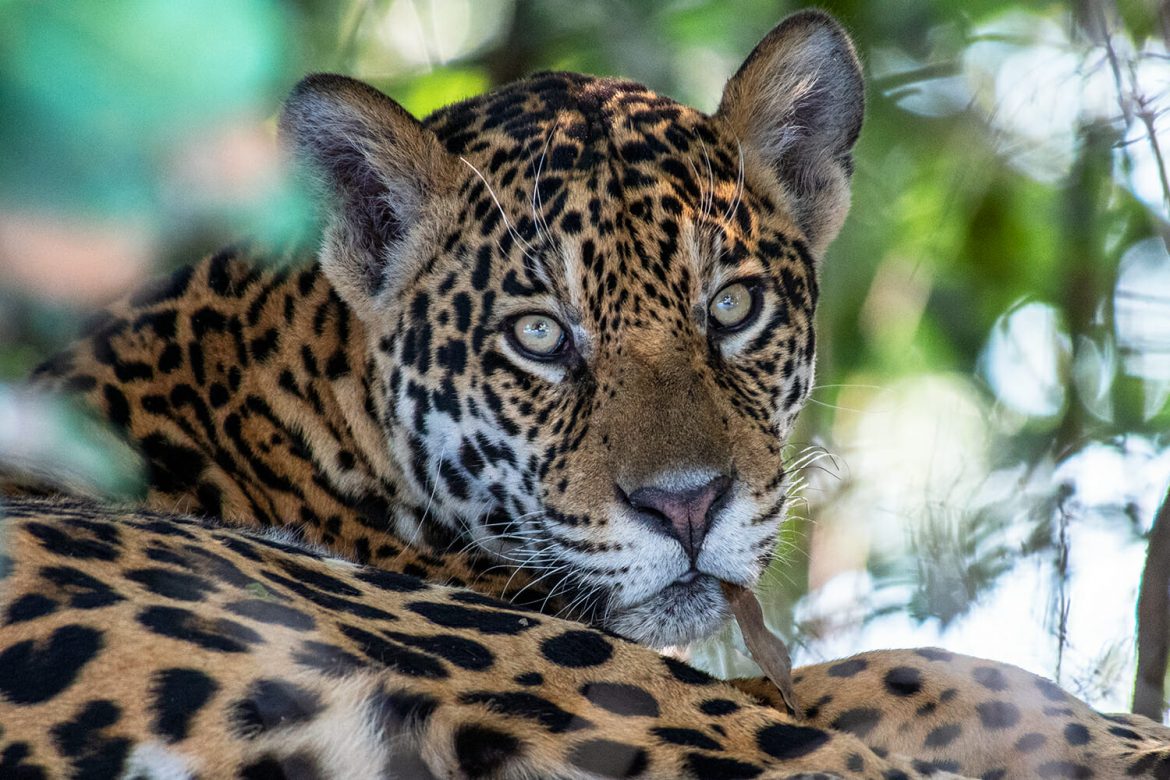
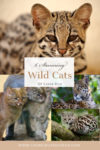
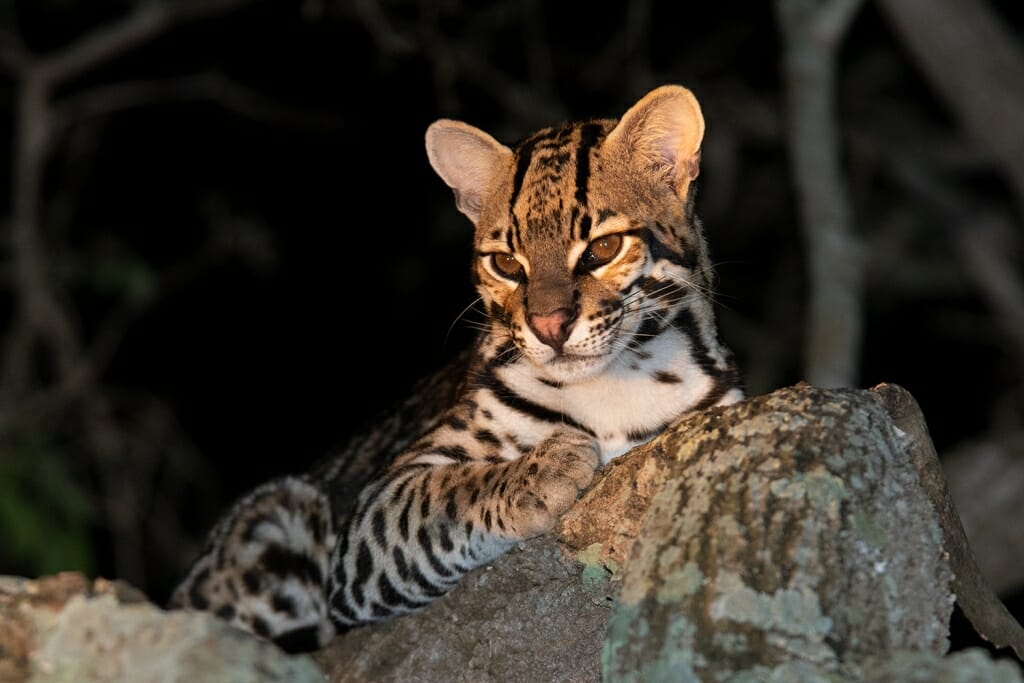
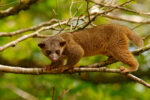
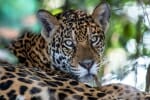
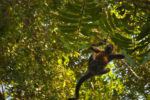
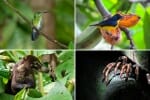
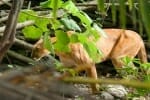


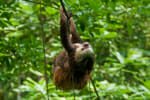

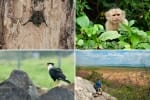
I’ve had a puma jump in front of me while driving down the Moutains of Hatillo. Then driving to dominical in 34 just after playa Linda a jaguarundi ran across the road! I’ve been lucky I’ve seen 2 of the 6 while driving lol🙂
very nice, I like reading the stories of the wildcats
I have a photo I would like to share with you. It was taken the night of August 24, 2021. It was taken in the Los Toucanes compound in Herradura, Costa Rica. Tried to send it with this comment, but failed. Can you send me an email address, so I can find out what it is? It was taken by a game camera, and it’s not perfectly clear. We do know that is a house cat in his mouth.
Sounds intriguing, Robert. I will respond to you via email.